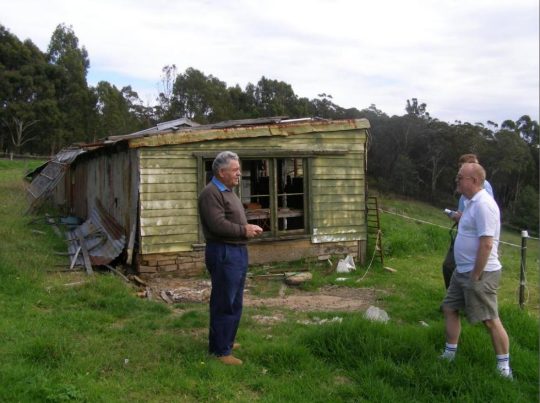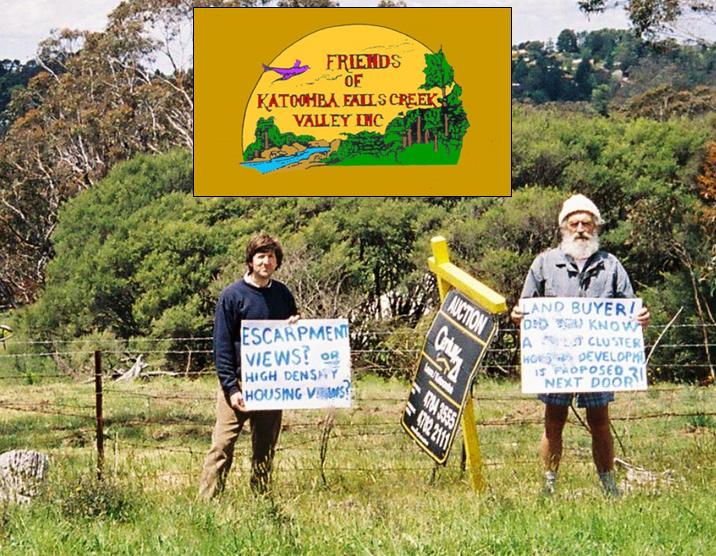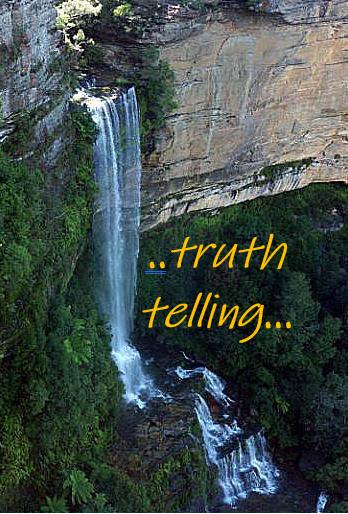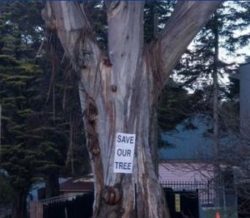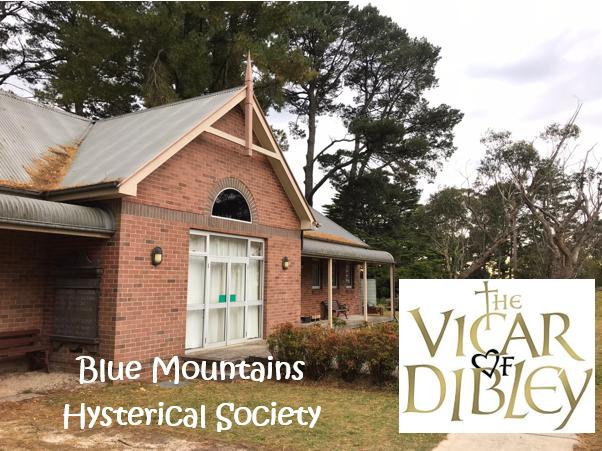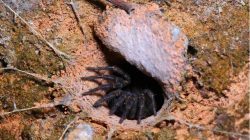Pulpit-Hill-1813-2013-A-Nomination-for-Heritage-Recognition
Friday, May 23rd, 2025
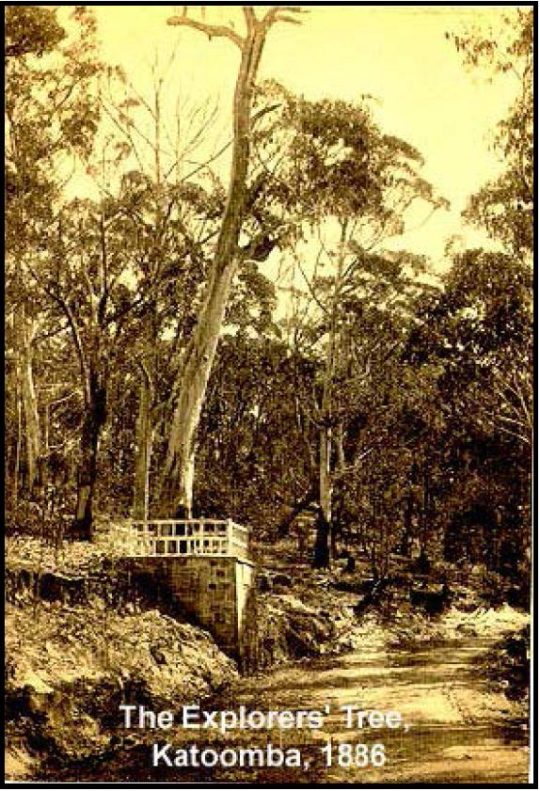
The Explorer’s (marked) Tree. It had been marked (‘blazoned’ by tomahawk) to be a navigation support to Governor Macquarie’s subsequent road builders. Real then, but ‘folkloric‘ since, because few bothered to keep written records at the time… So we posit: Australia’s ‘colonial dream-time’.
‘Cancel Culture’ is leftist Greens globalist fantasy of there being no homeland. It’s just hateful humbug! In Australia’s native English, “humbug” is used to describe something or someone that is dishonest, misleading, or nonsensical.
The Habitat Advocate, after half a year ‘ground-truthing’ Pulpit Hill’s heritage, then intensive researching, and authoring; back on Friday 1st August 2011 submitted the following nomination to the New South Wales Government’s Office of Environment and Heritage in Parramatta.
It’s 245 pages. It’s not copyright protected, because it’s a compilation of work by others who’ve valuing this place over years. It’s of public land and of significant very early Australian heritage value from 1813. We made the effort to research, document and try to protect this heritage precinct; yet one had nor sought any financial, personal gain nor has any ancestral connection to this particular place. We just learned and recognise the heritage value from association with older wiser historians and from our dedicated historical research.
This document report we offer up freely public and freely downloadable to all Australians and anyone in the World in perpetuity. What happened in the past, happened in an older time in human evolution.
Pulpit-Hill-1813-2013-A-Nomination-for-Heritage-Recognition-20110726
 Loading...
Loading...
The timing of our submission happened to be two years prior to the then forthcoming celebratory bi-centennial of 2013 of the first successful was the first successful crossing of the Blue Mountains (previously named the “Carmarthen Hills”) in New South Wales by European settlers. The expedition was led by Gregory Blaxland, William Lawson and William Charles Wentworth in 1813.
Ahead of our formal submission, The Habitat Advocate sought support from government, local leaders, political parties and historical societies, thus:
- Blue Mountains {city} Council Major and councillors
- Premier of New South Wales
- Liberal Party
- National Party
- Australia Labor Party
- The Australian Greens
- Blue Mountains Historical Society
- Royal Australian Historical Society
- Colong Foundation for Wilderness
However to our disappointment, none of the above was supportive nor interested.
We subsequently approached the fringe nationalist/patriotic Australia First Party, and its President Dr Jim Saleam expressed his keen enthusiasm and support for this Australian heritage recognition cause; such that he even accepted our invitation to visit this nominated site at Pulpit Hill in person on Saturday 27th November 2010.
However, sadly a decade hence, on 21st February 2021, Blue Mountains [city} Council Mayor (a Labor Party man) Mark Greenhill authorised the total removal of the iconic and symbolic Explorers Marked Tree at Pulpit Hill – an unnecessary politically motivated act of heritage hate. Party politics?
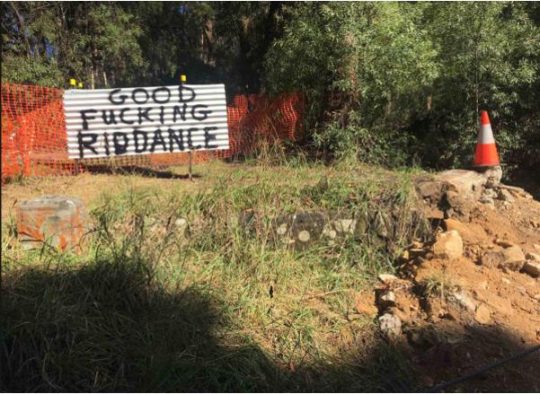
A personal attack on Steven Ridd’s campaign to respect Pulpit Hill’s precinct’s Explorers’ Marked Tree’s heritage. Please explain Kerry Brown (Blue Mountains Greens Party councillor) and Mark Greenhill (Blue Mountains Labor Party Mayor)
Previously, The Habitat Advocate from 2005 as part of our SAVE ELPHINSTONE PLATEAU CONSERVATION CAMPAIGN sought nomination for the official inclusion of the nearby large plateau of bushland atop the Blue Mountains Western Escarpment long called ‘Radiata Plateau’ (also ‘Elphinstone Plateau’) , to be incorporated into the contiguous Blue Mountains National Park (since 2004).
However, similarly that was rejected by the then so-called NSW Minister for Environment (1999-2007) and NSW Member for Blue Mountains Bob Debus (1981-1988, 1995-2007) (another Labor Party man) on the spurious basis that it was somehow not contiguous.
Yet, same plateau was in 2019 out-of-the-blue acquired by a subsequent NSW Liberal-Coalition Government for $2.8 million and added to the NSW national park estate, and in 2020 renamed and unpronounceable newly made up name ‘Ngula Bulgarabang‘?? Another Jim Smith PhD. construct? The name translates to ‘very large forest‘ in the Gundungurra language. Yet this is not traditional local Aboriginal heritage. The plateau has no very large forest. It is dominated by escarpment low heath and woodland. The plateau certainly does not have any very large forest. Whereas such forests are indeed naturally found in the valleys below like Nellies Glen, the Jamison Valley and the Gross Valley.
Let the truth be known. Radiata Plateau is the eponym of a small ‘Radiata Pine‘ plantation that planted a portion of the plateau back in the 1950s. That plantation subsequently failed. The tree plantation was stunted due to being planted on the rocky thin soil. One of the plantation workers was Ron Fletcher, a local of local Aboriginal ancestry (left below chatting with the then nearby residents). We interviewed Ron back in 2007 at Pulpit Hill at the historic piggery (shown behind). Ron explained that he recalls as a young man working to plan the Radiata pine plantation.
This is all spiteful Aboriginal separatist politics again, like cancel culture renaming of Ayers Rock and Fraser Island.
The Habitat Advocate has acquired the full campaign archive of the campaign to Save Elphinstone Plateau from local legendary campaign Glen Humphreys. This archive will be eventually sorted and digitised and is provided publicly freely available on this website.
